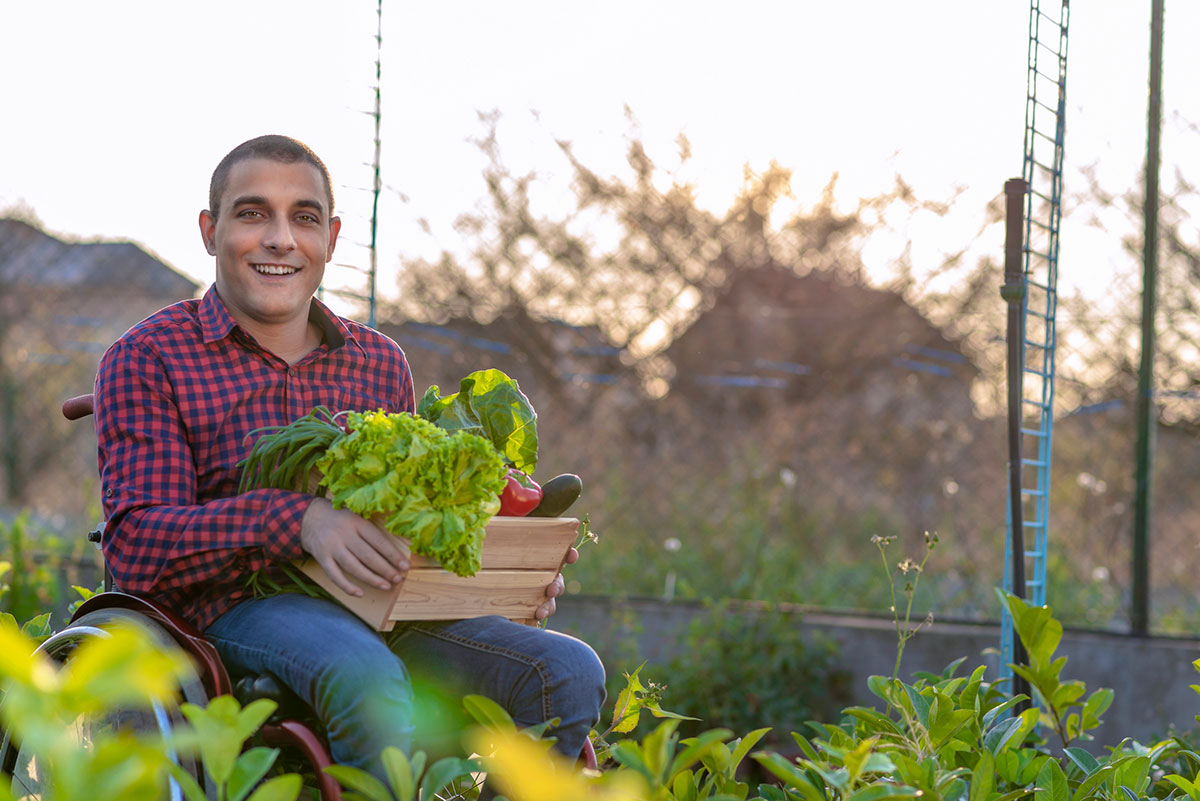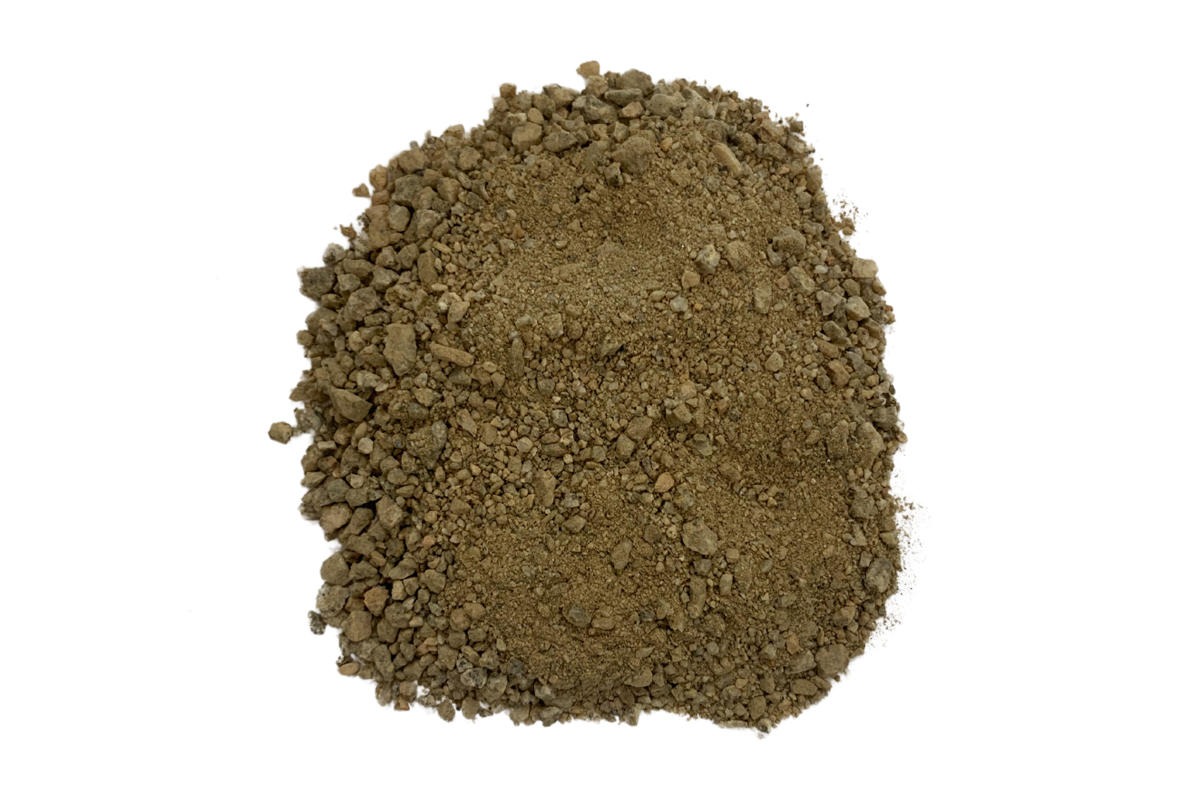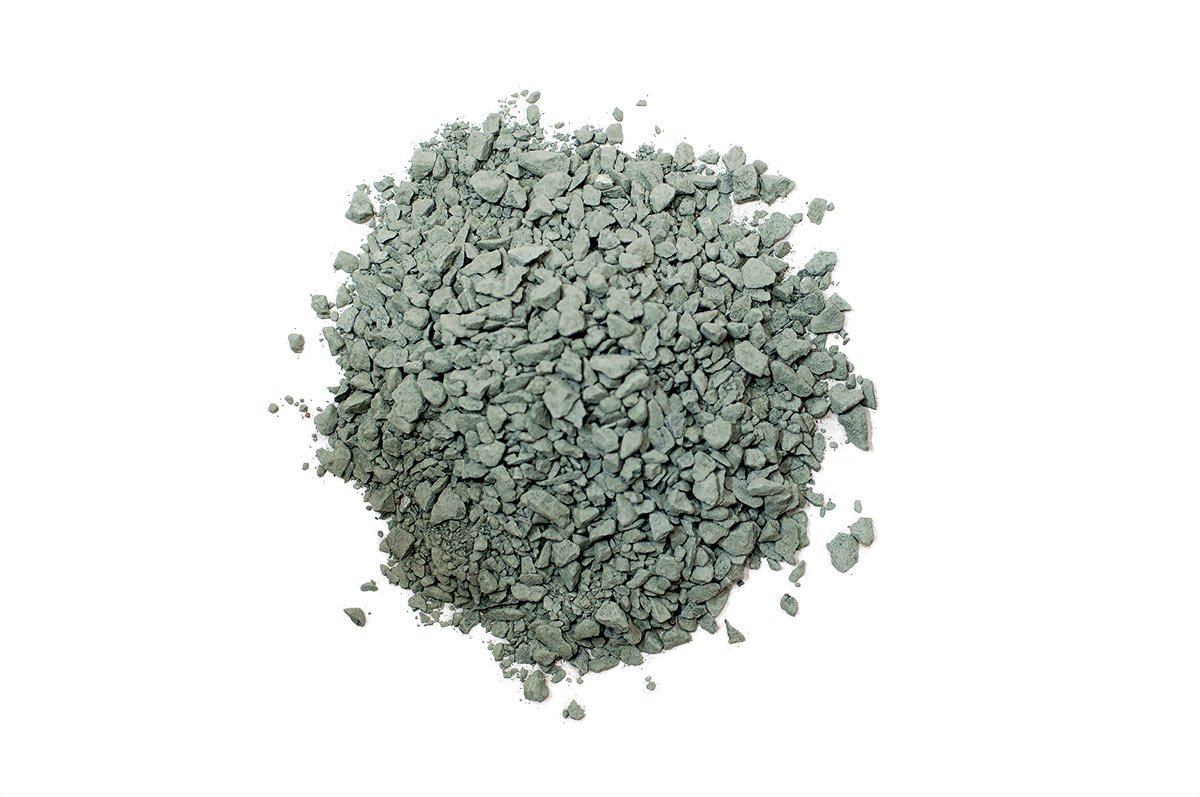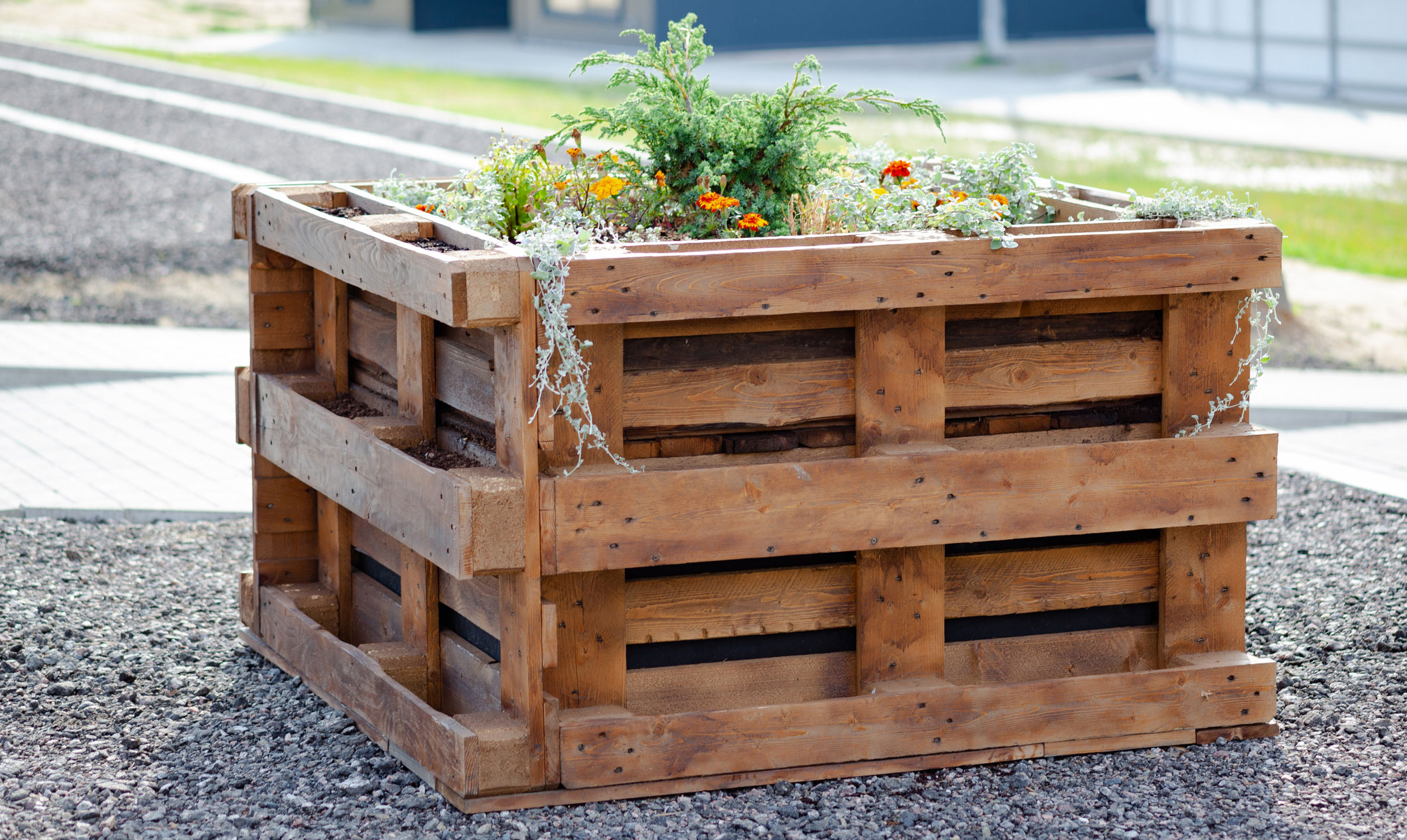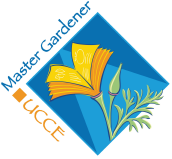Introduction
Accessible gardening is an innovative and inclusive approach to garden design and maintenance. It aims to accommodate individuals with diverse physical abilities and ensure everyone can participate in the joy of gardening. However, accessible gardening requires a holistic approach and several adjustments to your outdoor space and gardening process. This can often be challenging for new and seasoned gardeners alike.
At Lyngso, we recognize the complexities of adjusting your outdoor space to fit your unique needs and requirements. In this article, we share our top tips for a varied approach to accessible gardening. We also explore how to create an accessible outdoor garden by carefully selecting the right materials, tools, plants, and techniques. Let’s dive in!


